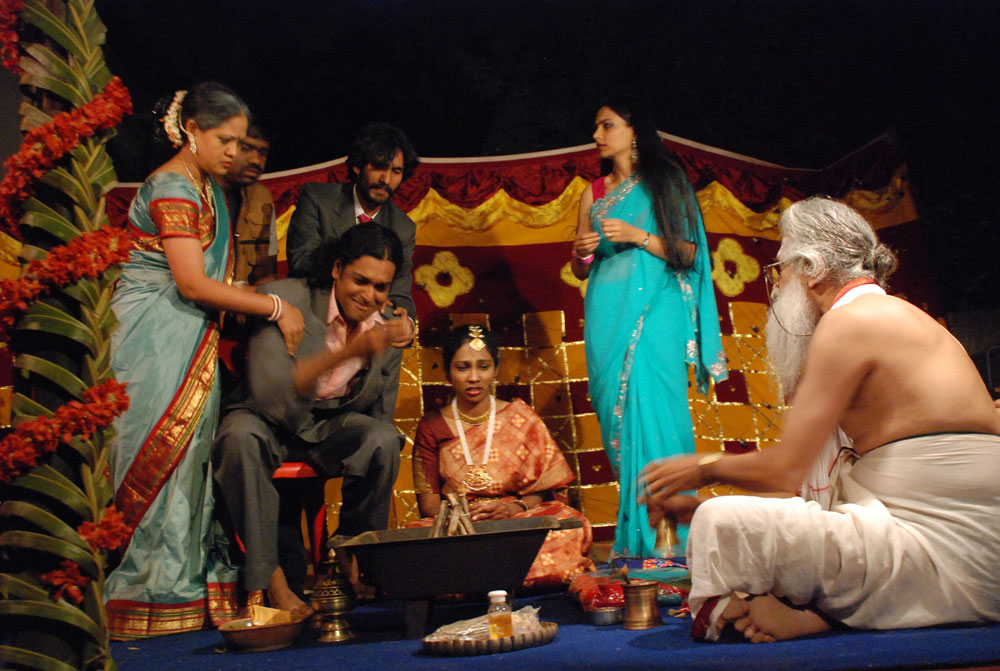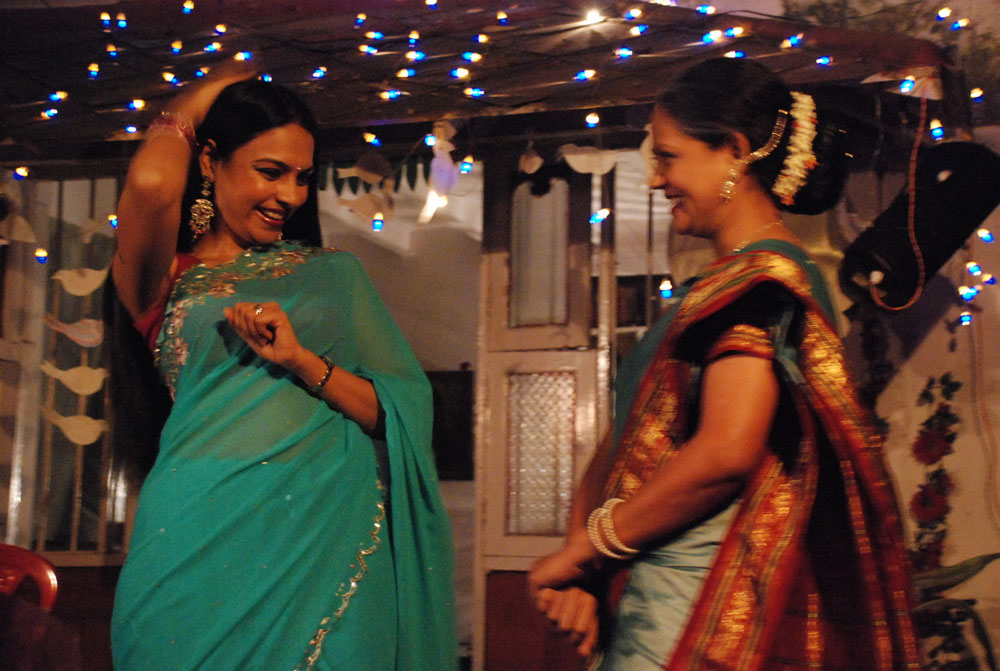Kirtana Kumar




Grant Period: Six Months
“The nature of Bangalore weddings has changed dramatically over the last 30 years,” says director and actor Kirtana Kumar. “From simple arranged marriages between families known to each other in a small town... we are now in a world of contentious inter-community and inter-faith marriages in a rapidly growing city of BPOs, affluent suburbs and a young salaried population. Given the changing demographics, many hitherto taboo options regarding relationships and self-determination are now possible.” This grant supports Kirtana to develop a theatre production that aims to throw up certain issues of gender, sexuality and class that form the bedrock of modern intimate relationships, but are not usually aired on celebratory social occasions such as a wedding. The production will simulate an urban middle class wedding to reveal a society that is rapidly unraveling and trying to hold together, while simultaneously making space for new ideas, radical thoughts and different sensibilities.
Kirtana has worked closely with the kothis––a self-identifying label for males who feminise their behaviours to either attract ‘manly’ male sexual partners or as part of their own gender construction. Many kothis, she discovered, lead dual lives. In the proposed production, a kothi is getting married to a girl, though his sexual interests lie elsewhere. The wedding performance will thus explore taboo areas of life. In devising ‘The Wedding Party’, the director plans to harvest the lived experiences of the players, among them the kothis, actors, caterers and auto drivers. She will also rely on improvisation to create scenic possibilities and construct movements and dialogue, with a dramaturge on hand to help in the process. She is excited by the potential for improvisation when actors interact in a multi-lingual context with other non-traditional players, and hopes to keep the process open to political incorrectness and other vagaries of truth. Also under consideration is the possibility of drawing upon Tamasha to shape the form of ‘The Wedding Party’, or at least to use its various elements as part of the wedding entertainment or to provide for punctuation between different scenes of the production.
The performance will be mounted in a non-traditional theatre space, complete with marriage pandal and leaf meal. The audience for ‘The Wedding Party’ will be moved through their multiple roles as guests, participants, and witnesses, as well as from one space of action to the next. Among the devices that Kirtana proposes to use to pull this off successfully are guided narratives; light changes; music or other sounds (such as that of an altercation); characters who charm the audience to stay with the action or facilitate them to transit from one scene to the next; relatives who usher the audience into other spaces; and back markers who see to it that no one gets left behind.
By inviting the audience into the realm of the dramatic action, Kirtana aims to increase the level and quality of engagement with an audience and expand the parameters of form for theatre in India. What also excites her about the production is that it would facilitate diverse voices to contribute to the development of a theatre piece, work multilingually, and discuss questions that are not taken up in theatre, and are otherwise passed over in silence.
